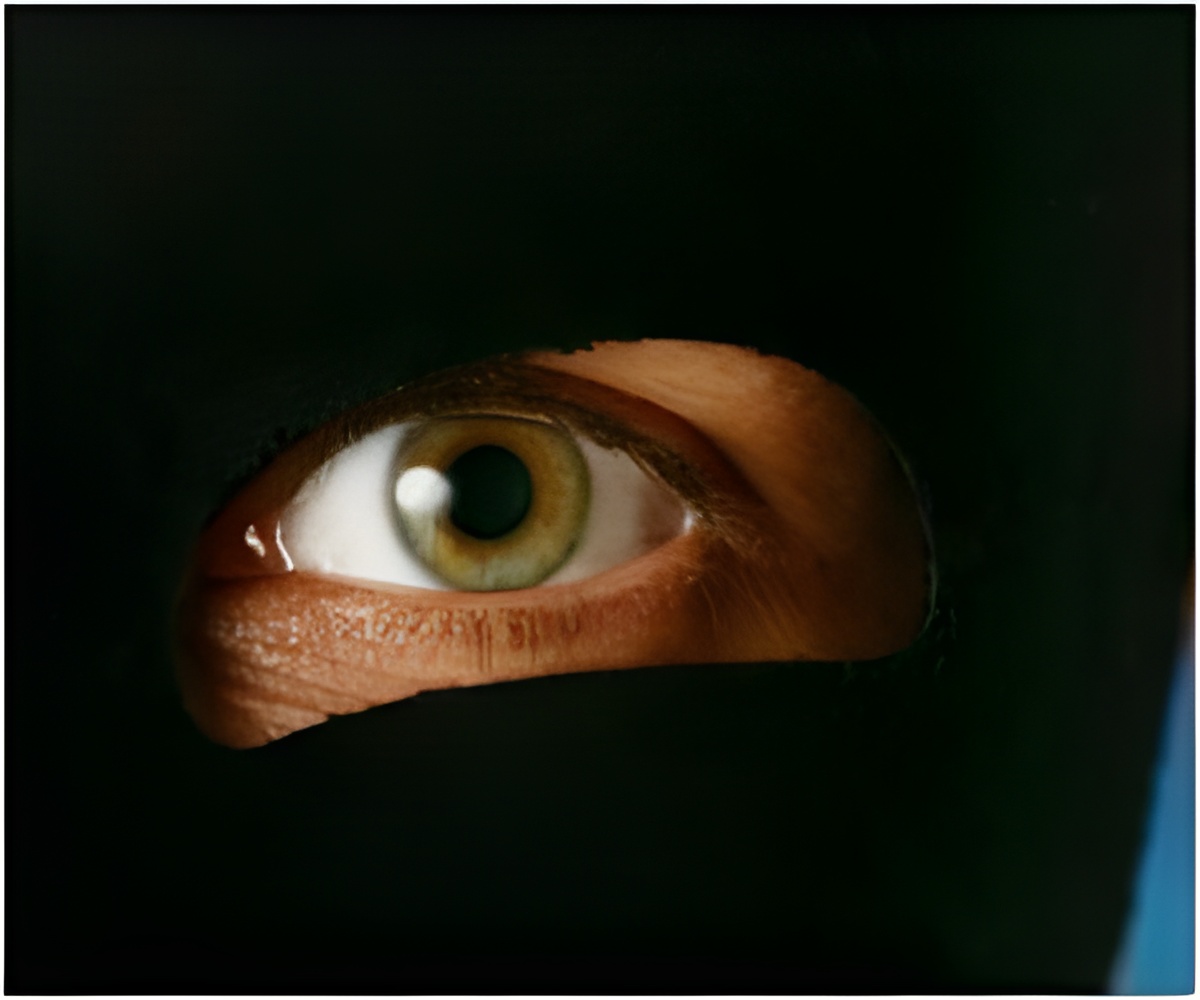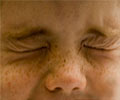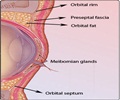High school field hockey players who make use of protective eyewear have a significantly lower risk of head, eye and facial injuries compared to players from states where such eyewear is not mandated.

The study, currently online and appearing in the December 2012 print issue of Pediatrics, examined injuries among high school field hockey players 14-18 years of age during the 2009-10 and 2010-11 scholastic seasons, just prior to the national mandate by the National Federation of State High School Associations (NFHS) requiring the use of protective eyewear for all high school field hockey players which went into effect during the 2011-12 season.
Researchers found that the rates of all head and face injuries (including eye injuries and concussion) were significantly higher in states with no protective eyewear mandate compared to states with protective eyewear mandates. Players from states with no protective eyewear mandate were more than five times more likely to sustain an eye injury than players from states with mandated protective eyewear. In addition, a larger percentage of injuries sustained by athletes from states with no protective eyewear mandate required more than 10 days to return to activity (32 percent) compared to athletes from states with mandated protective eyewear (17 percent).
"This study adds to an accumulating body of evidence, most recently demonstrated in high school women's lacrosse, that mandated protective eyewear effectively and significantly reduces the rates of head and facial injuries in contact and collision sports," said Peter Kriz, M.D., the study's principal investigator, co-author, and sports medicine physician at Hasbro Children's Hospital. "We now have a large, national study that provides evidence that protective eyewear is indeed effective in reducing head and facial injuries, including eye and orbital injuries, which validates the decisions of rules committees such as the NFHS to mandate protective eyewear use in high school field hockey and other sports."
The study showed that injuries to the eye orbits, eye globes (eyeball), eyebrows, and eyelids were virtually eliminated in the athletes competing in states that mandated protective eyewear.
"As medical professionals who work closely with athletes and coaches, and who have children ourselves who play contact and collision sports, we are very familiar, and even respectful, of the issues of culture and tradition in sport. Other sports, such as ice hockey and lacrosse, have gone through painstaking processes of balancing safety issues with sport culture and tradition with the goal of providing a safe playing environment without jeopardizing the intrinsic purity and integrity of the game," stated Kriz.
Advertisement
The researchers also found that concussion rates were similar for athletes from states with mandated protective eyewear and athletes from states with no protective eyewear mandate, and that addition of protective eyewear did not result in more player-player contact injuries.
Advertisement
Source-Eurekalert















